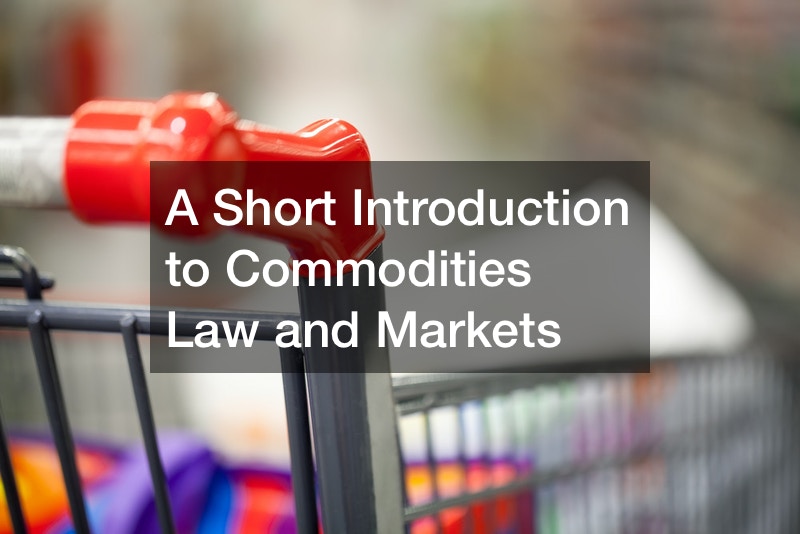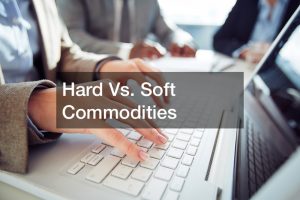

A commodity market is where raw resources or basic goods can be bought, sold, or traded. Hard and soft commodities are two major categories into which commodities are frequently divided. Soft commodities are agricultural goods or livestock, such as corn, wheat, coffee, soybeans, and pork. In contrast, hard commodities are natural resources that are mined or exploited, such as gold, rubber, and oil. Producers and buyers of commodity goods can access them in a centralized, liquid market thanks to commodities markets.
These market participants can insure future demand or output by using commodity derivatives. In these marketplaces, investors, speculators, and arbitrageurs all actively participate.
A wide range of commodities can be used as an alternative asset class to diversify a portfolio. Some commodities, like precious metals, have been considered ideal inflation hedges. Commodities law is the rules and regulations that are issued by the Commodity Futures Trading Commission. Some investors also turn to commodities during times of market volatility because the prices of commodities frequently move contrary to those of stocks. Trading in commodities used to be primarily the domain of professional traders and needed significant amounts of money, time, and knowledge. However, there are more choices available today for trading commodities.






